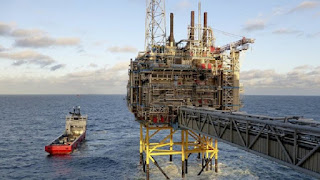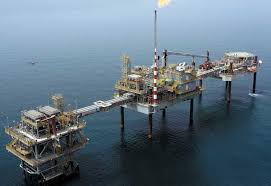Tips for Maximizing Social Security

Social Security benefits are a significant income source for many retirees—and for some, they're the only source. How significant an income source it is, however, is determined by several factors that are under retirees' control. If you're nearing retirement (or are already in retirement) and haven't yet collected Social Security benefits, make sure you fully understand the ins and outs before you fill out your application to receive money. Here are some top tips you can use to get the most out of your well-deserved Social Security benefits. Delay Receiving Benefits Delaying receiving benefits is the top and the most common way to maximize the money you receive. Generally, the longer you wait after you reach full retirement age (FRA), the more money you can get every month. Full retirement age varies depending on when you were born and is defined by the Social Security Administration as "the age at which a person may first become entitled to full or unreduced retir















